Why Future World Vision
Breadcrumb
Understanding the future
“The leaders of the future will be those who understand the dynamic environmental, technical, and socioeconomic systems that shape our world. Future World Vision is a window into how these systems can interact to impact the places we will live and work. It’s a way to interact with experts from around the globe to help imagine the story of the future.” - David Odeh, principal, Odeh Engineers
John W. van de Lindt, chief editor, Journal of Structural Engineering
Deeply researched
Altman Vilandrie & Co., a strategic consulting group hired by ASCE, identified six key trends – alternative energy, autonomous vehicles, climate change, smart cities, advanced materials, and policy and funding – that will transform our built environment. The interaction of these six trends informs ASCE’s Future World Vision.
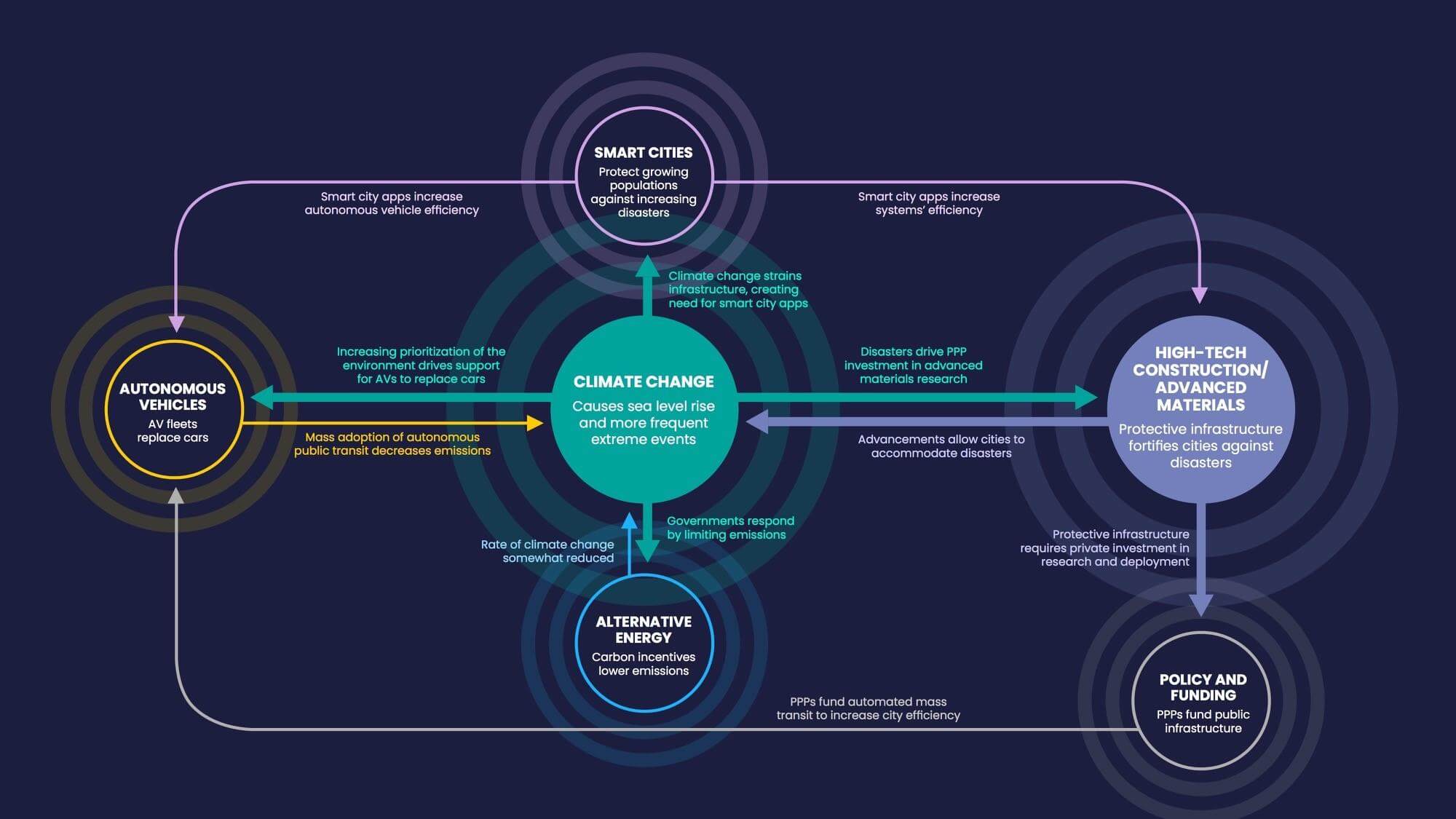
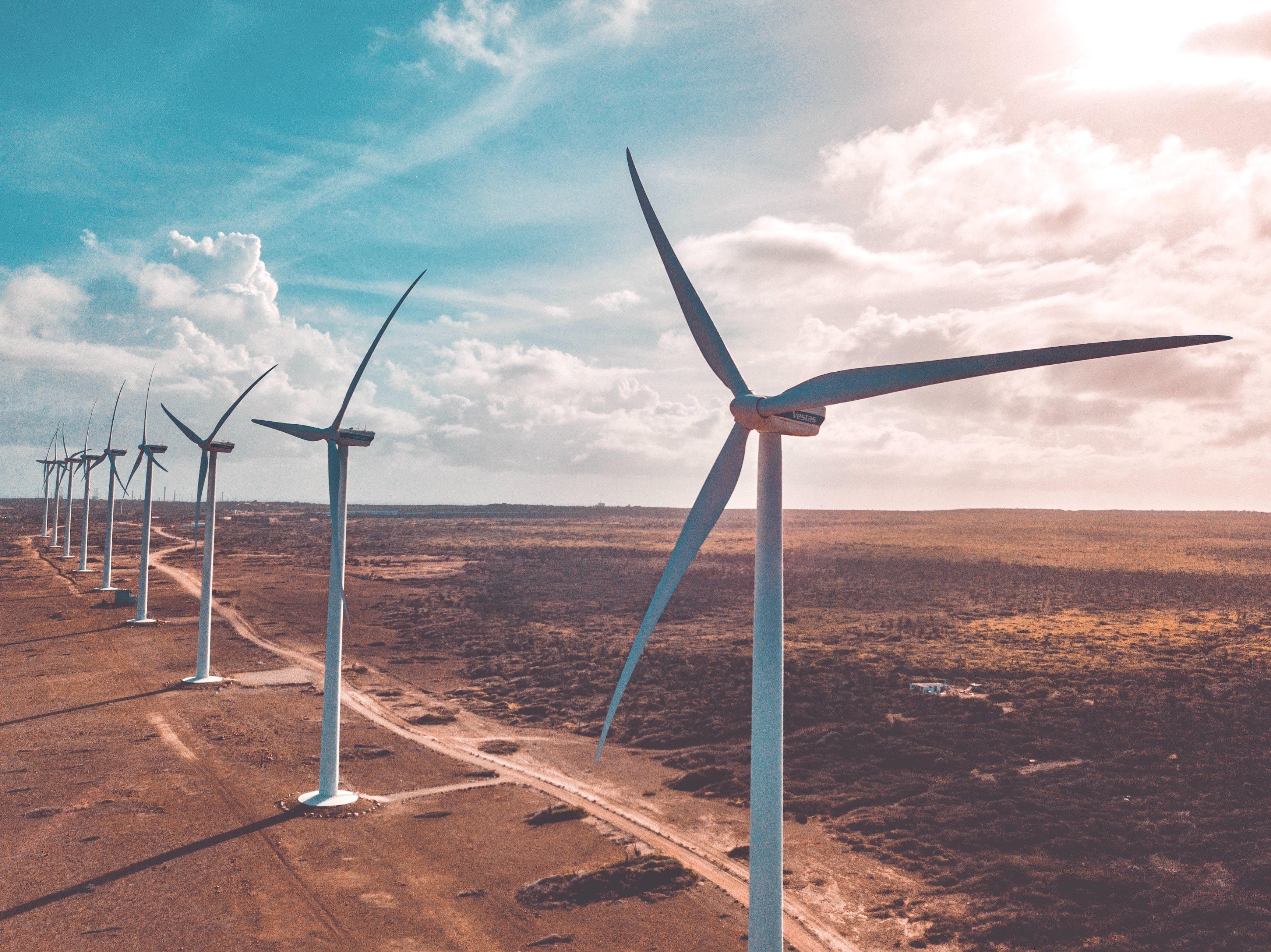
Six key trends
Alternative energy
A mix of alternative energy sources distributed through microgrids will largely replace fossil fuels.
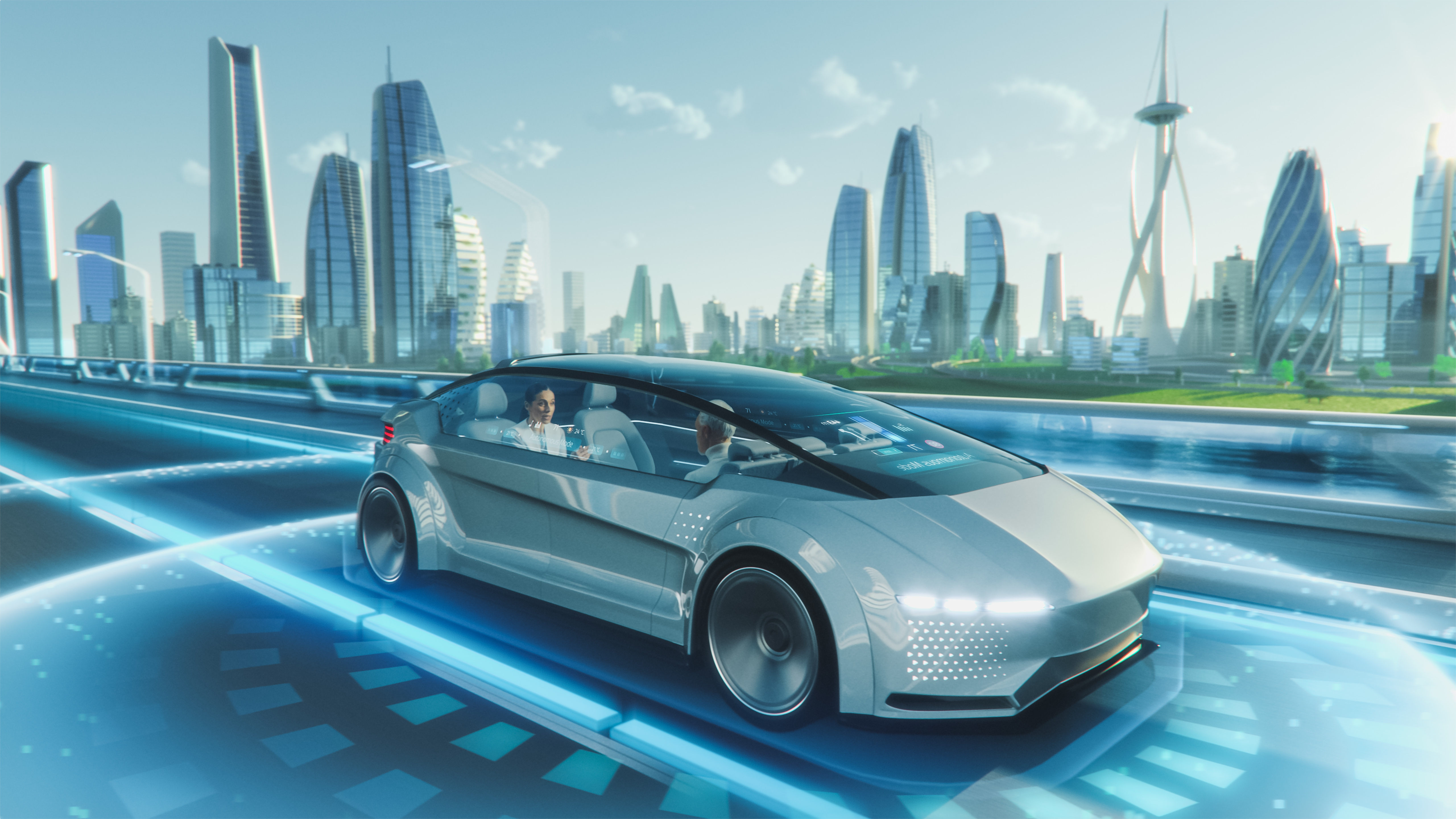
Six key trends
Autonomous vehicles
Drone deliveries and on-demand, individual autonomous pods will drive everyday life.
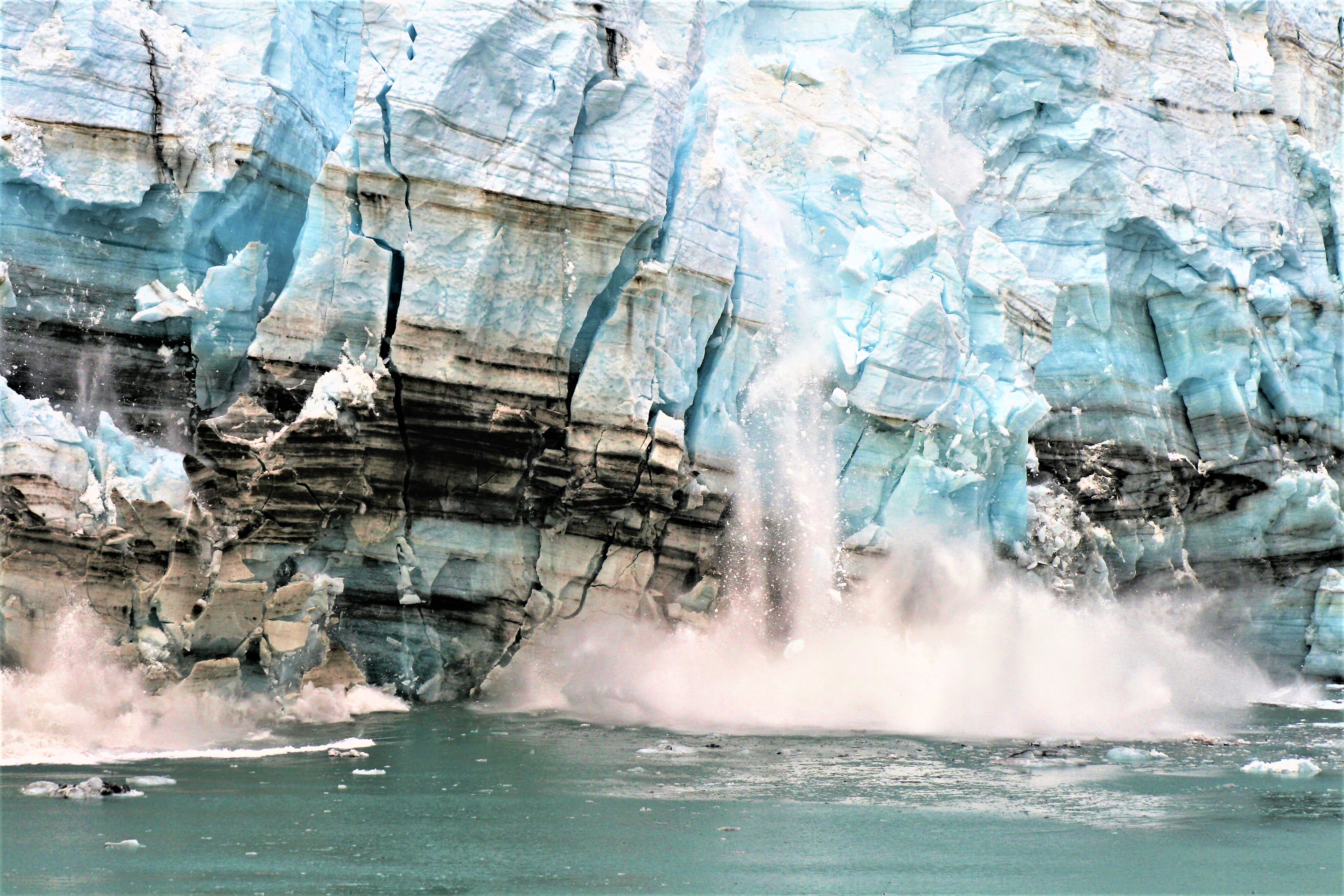
Six key trends
Climate change
A circular economy focused on reusables will compensate for stressed water, energy, and resource supplies.
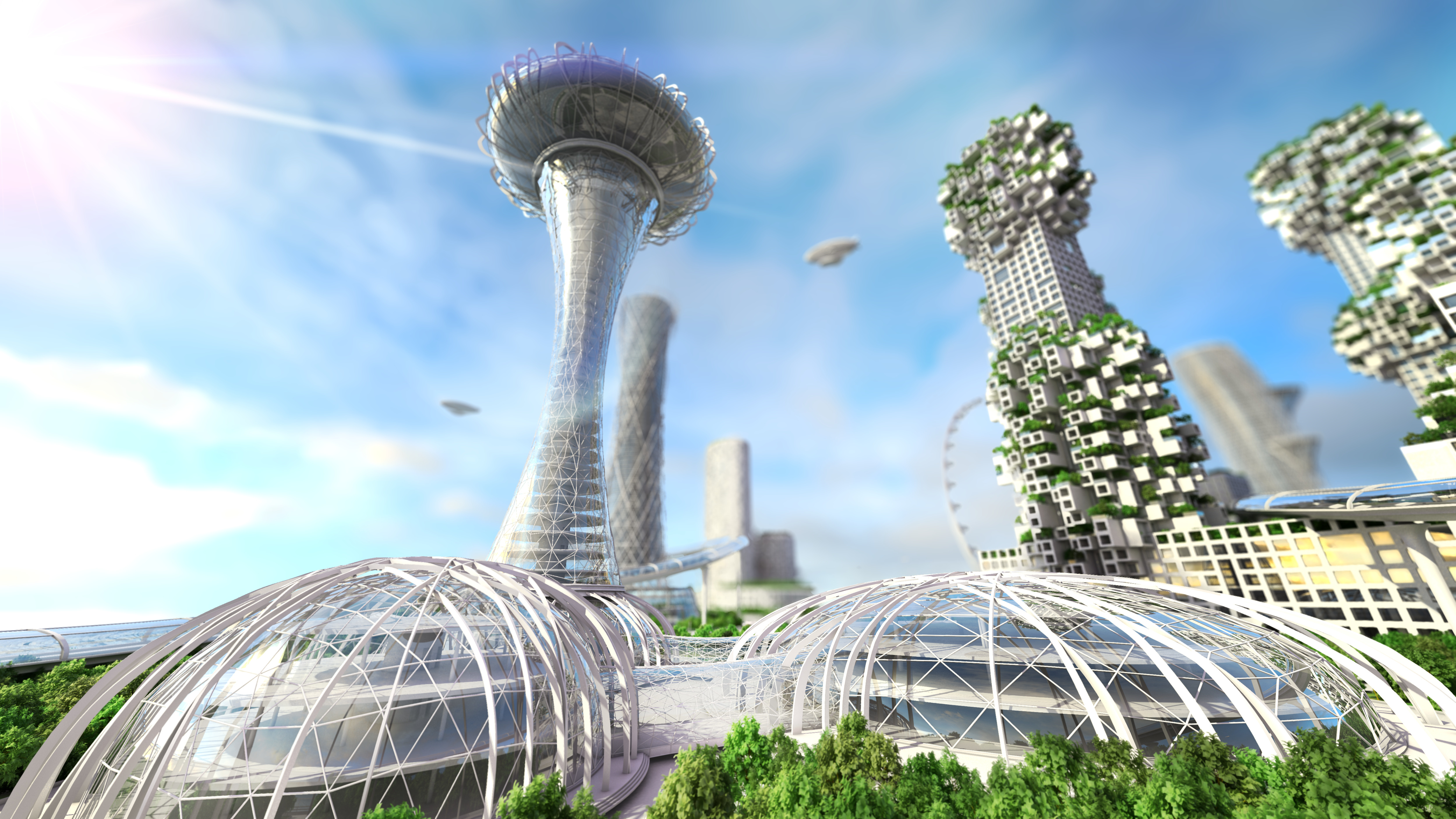
Six key trends
Smart cities
Smart-city applications - both as systems and for personal use - will have a profound influence on the future, making data analysis, storage, and security key priorities.
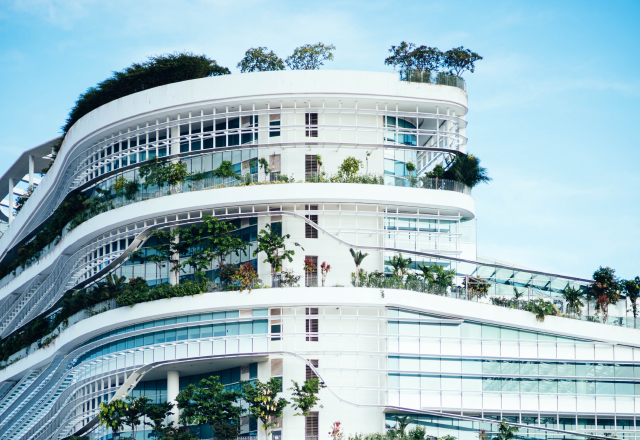
Six key trends
High-tech construction
Automation, prefabrication, and large-scale 3D printing will reshape construction in a city where residents - and structures - come and go every day.

Six key trends
Policy & funding
As ever, governments struggle to balance regulation versus innovation while prioritizing social equity.
Six key trends
A mix of alternative energy sources distributed through microgrids will largely replace fossil fuels.
Drone deliveries and on-demand, individual autonomous pods will drive everyday life.
A circular economy focused on reusables will compensate for stressed water, energy, and resource supplies.
Smart-city applications - both as systems and for personal use - will have a profound influence on the future, making data analysis, storage, and security key priorities.
Automation, prefabrication, and large-scale 3D printing will reshape construction in a city where residents - and structures - come and go every day.
As ever, governments struggle to balance regulation versus innovation while prioritizing social equity.
Reshaping the city
The research community is already developing these technologies and studying their application for civil engineering and the built environment. The Mega City platform shows how these technologies will mature and interact to reshape a city of the future.

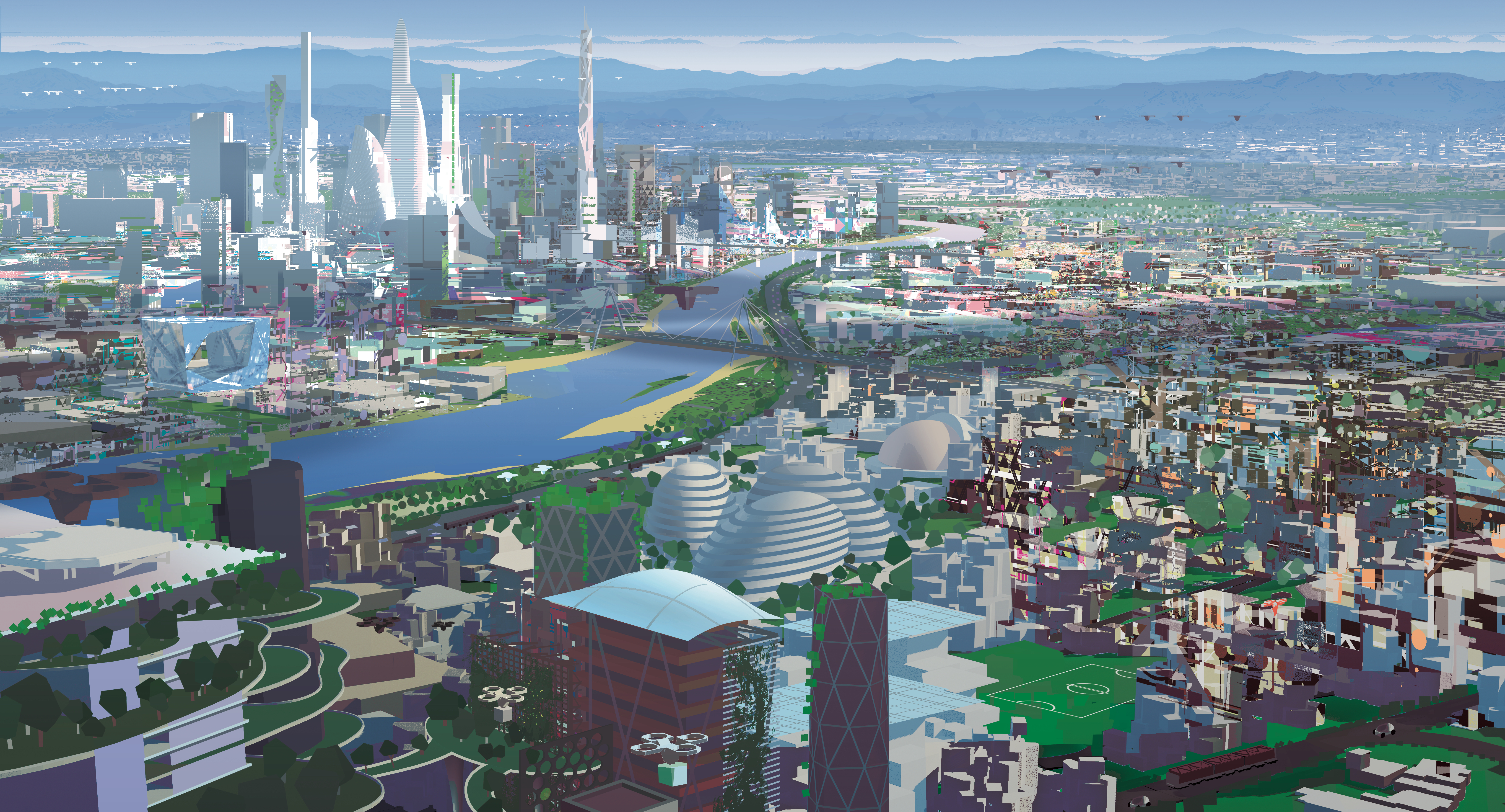
Future worlds
Mega City
A city of 50 million people is no longer just a city. It's a Mega City. How will engineers accommodate a population so large, while preserving the city's historic character, conserving natural resources, promoting accessible green space, and supporting a diverse array of lifestyles and economies?
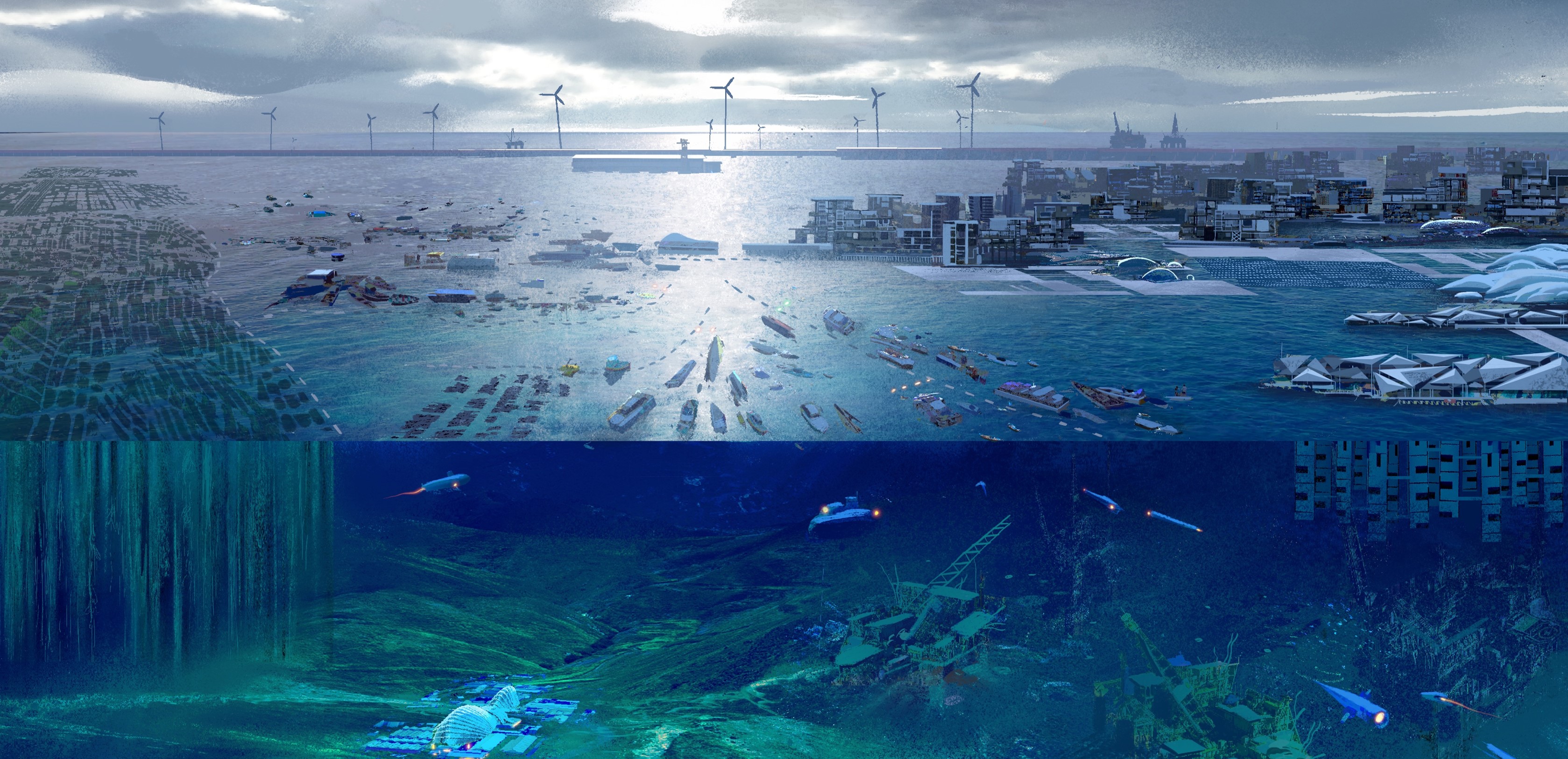
Future worlds
Floating City
As sea levels rise, imperiling coastal communities, one form of mitigation will be offshore floating cities. What kinds of innovative, resilient, multi-modal designs will engineers need to design to take on the rising water?
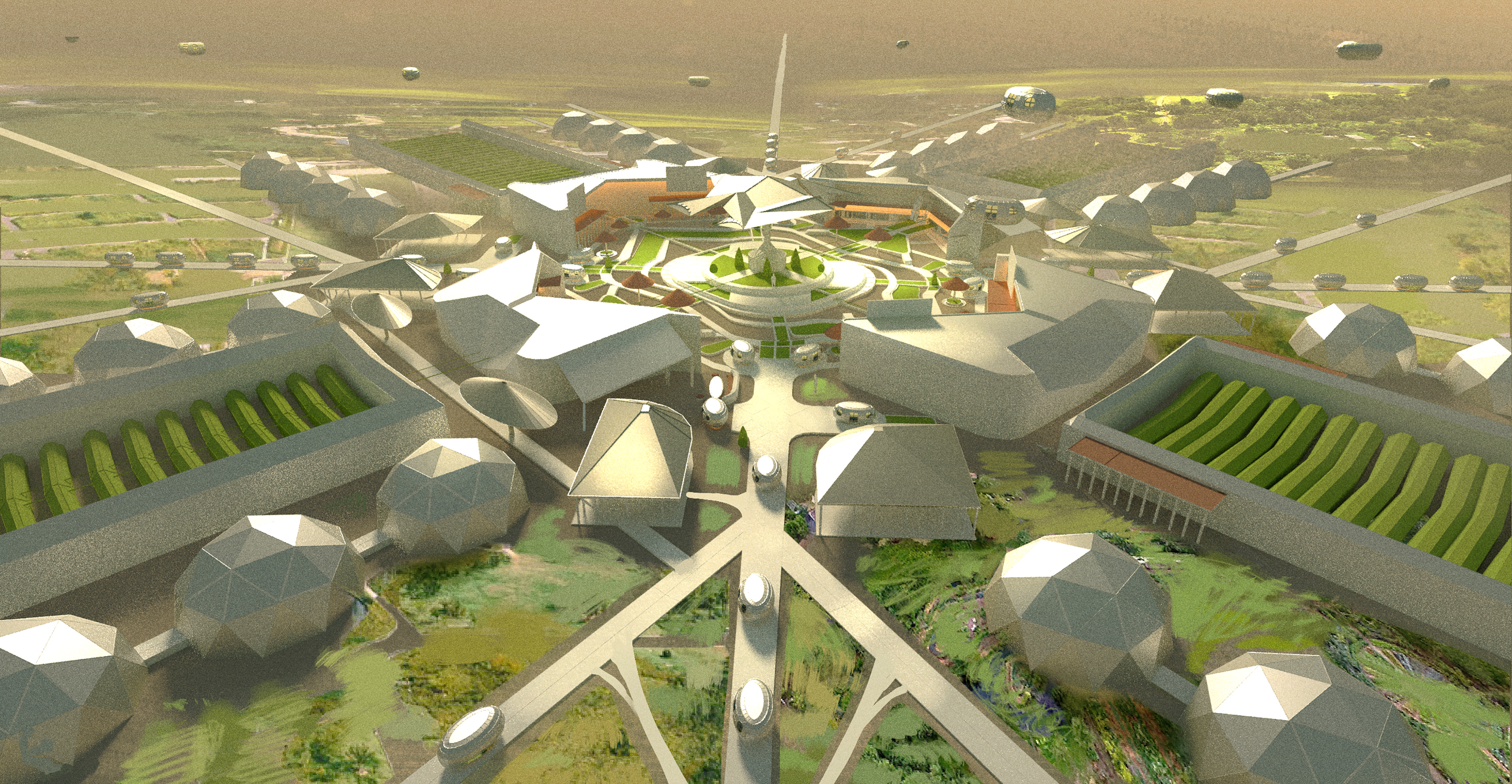
Future worlds
Rural City
How will agricultural communities thrive? What will make them self-sufficient? How can engineers help these communities retain their role as vital producers?
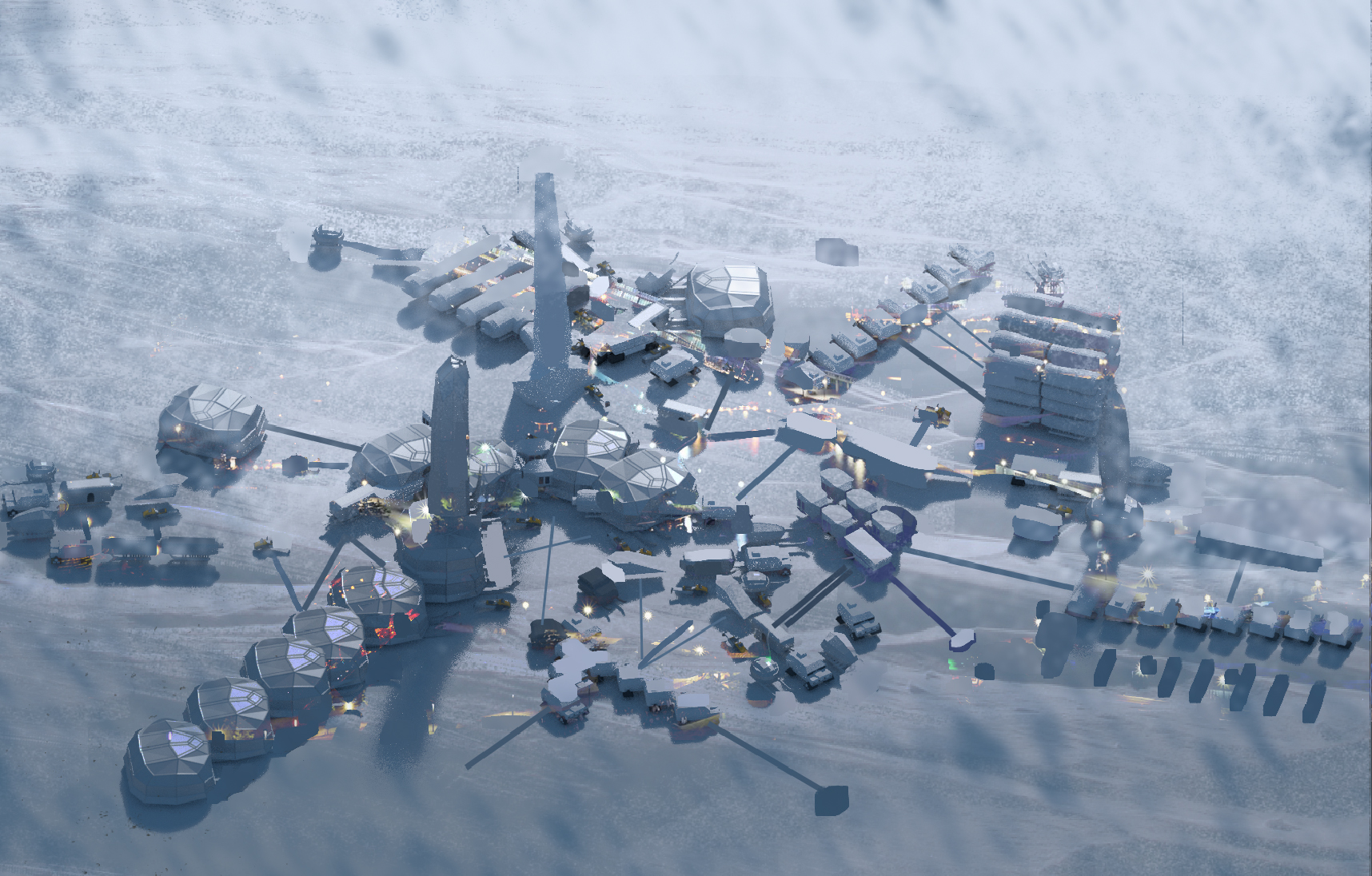
Future worlds
Frozen City
Will climate change create new opportunities for commerce and communities in the Arctic region? Will these settlements need to be modular and movable, semi-anchored to permafrost?
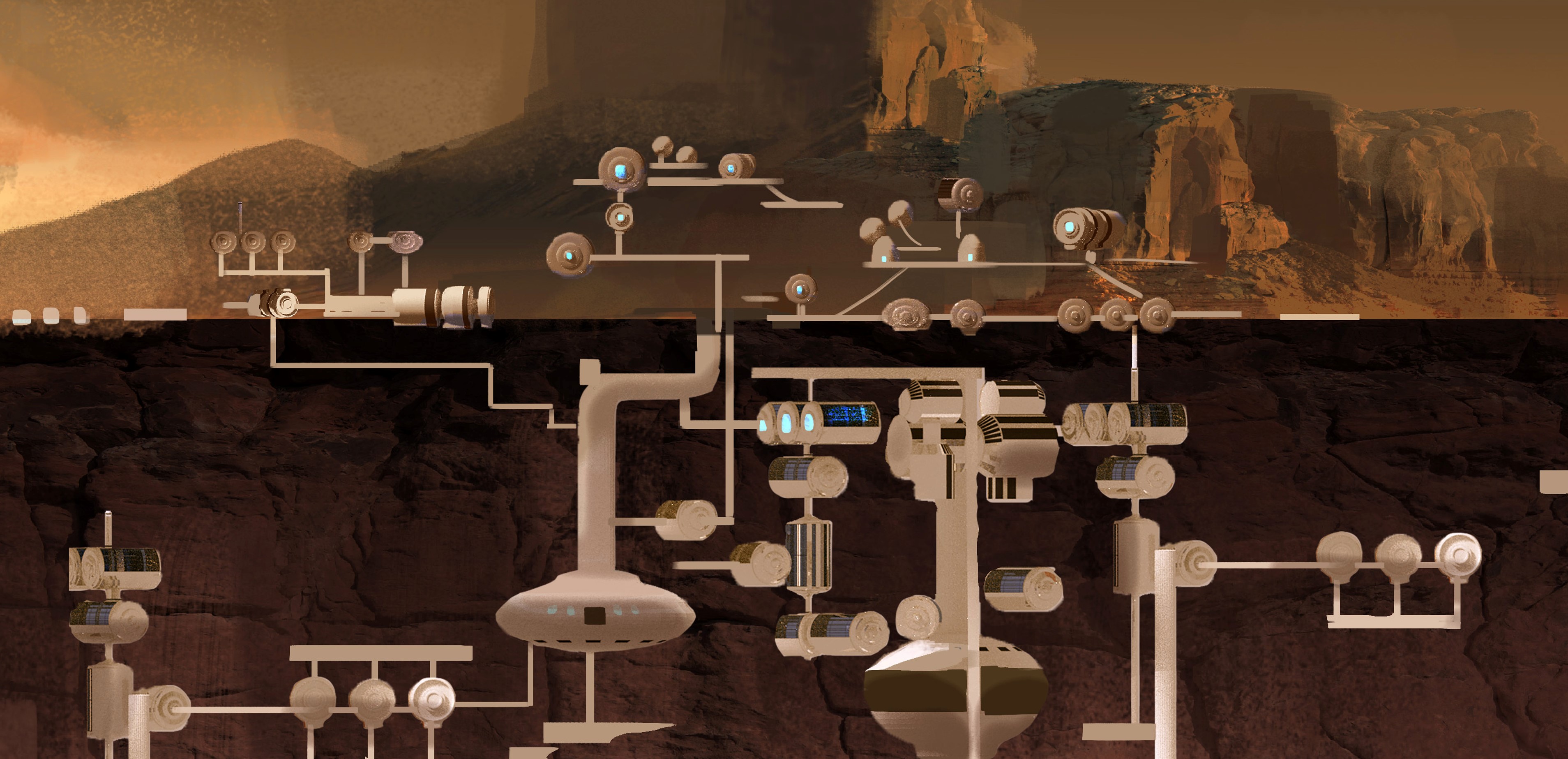
Future worlds
Off-Planet City
How will engineers create the fundamental elements of a built environment on Mars under such hostile conditions? How will the first settlers form a viable, sustainable community that will last for generations?
Future worlds
A city of 50 million people is no longer just a city. It's a Mega City. How will engineers accommodate a population so large, while preserving the city's historic character, conserving natural resources, promoting accessible green space, and supporting a diverse array of lifestyles and economies?
As sea levels rise, imperiling coastal communities, one form of mitigation will be offshore floating cities. What kinds of innovative, resilient, multi-modal designs will engineers need to design to take on the rising water?
How will agricultural communities thrive? What will make them self-sufficient? How can engineers help these communities retain their role as vital producers?
Will climate change create new opportunities for commerce and communities in the Arctic region? Will these settlements need to be modular and movable, semi-anchored to permafrost?
How will engineers create the fundamental elements of a built environment on Mars under such hostile conditions? How will the first settlers form a viable, sustainable community that will last for generations?
Leading researchers
Mega City 2070 was informed by hours of interviews with subject-matter experts from a cross-section of engineering disciplines and relevant industries.
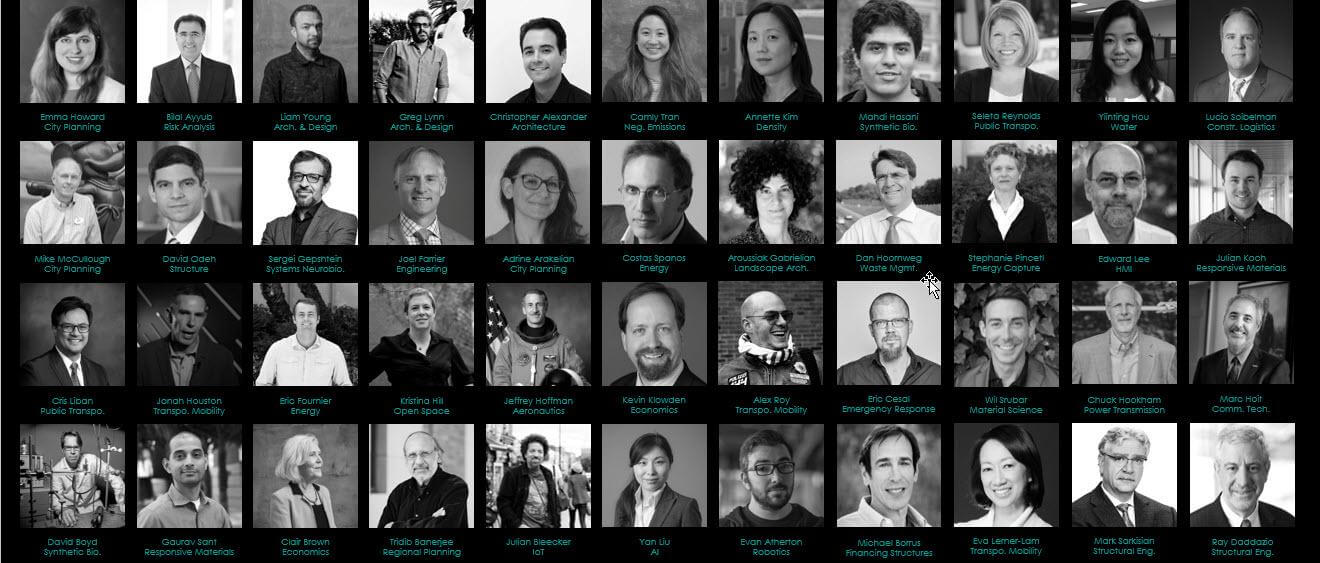
Learn more

Download the platform
Research citations, video interviews with subject-matter experts, a vibrant in-platform community - it’s all in the Mega City 2070 desktop app.
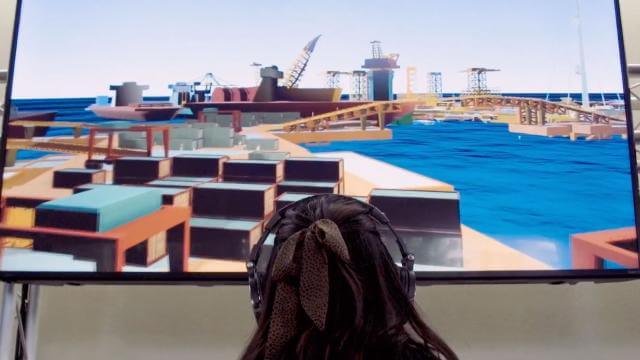
Future worlds
Future World Vision’s wholly plausible future worlds allow engineers to plan today for what might be needed tomorrow.

Resources
Ready to bring Future World Vision thinking to your clients or your team? Get started.
Frequently Asked Questions
What should I expect to see in this app? What should I be looking for?
You will first see an overview map of the city and surrounding region and be able to read a narrative of the city’s history to this point in 2070. At this scale, you will also see summaries of many of the districts that make up the city, as well as have the option to select different “lenses” to better understand the city. From there you will go deeper into either the Historic Core District or the Adaptive Corridor. Here you can investigate the city systems at work. Next stop is one of three Core Samples, which extracts a vertical section of the district so you can see elements operating on various planes. Finally, you’ll enter the Street level, and join the residents of Mega City at a human scale. There is much information to explore here, both visually and textually. For more details, please watch the “Orientation” tutorial video.
Have a question that is not answered here?
Become a Future World Visionary
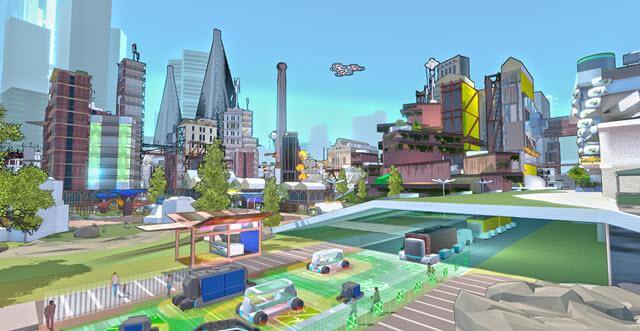
Explore
See how Future World Vision comes to life through an immersive VR experience.

Prepare
Stay updated on the upcoming Future World Vision giant-screen film, Cities of the Future.

Create
Create and share your own custom tour of Mega City 2070.

